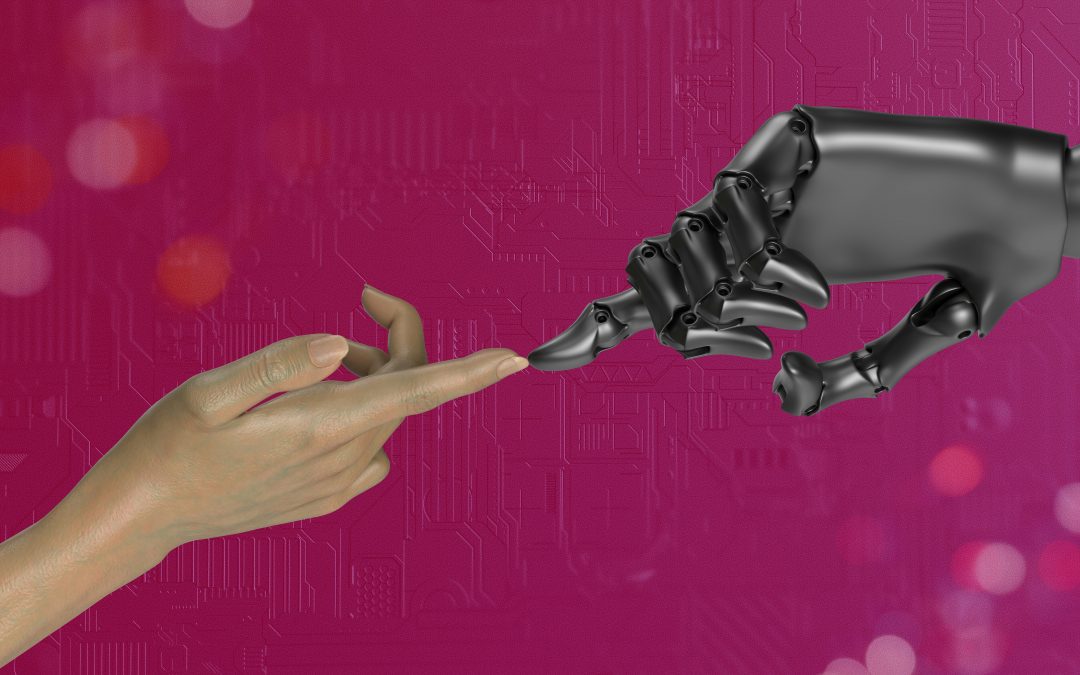
I sit here reading that headline again and again as the second week of lockdown starts. Last week I would have looked at articles such as campaign live and thought, oh another scaremonger going down the doom and gloom route. Since the UK was placed on lockdown, you could be forgiven for looking at BBC news articles showing how much the UK has changed and think they are well written but surely it isn’t as bleak as that. For those working in software, the new norm isn’t much different to the old. The location has changed, the co-workers put toys on your desk instead of cups of tea, and you interact with your colleagues over zoom or slack instead of person. In some ways, this situation has bought people closer together as they make the effort to interact with each other daily. Other than that, it has been very much a case of trying to carry on as normal. You quickly adjust into the bubble and carry on serving your clients the best you can knowing that things are rough for a lot of people, but we’ll all get through this and return to normal eventually.
That very quickly changes the moment you go outside. It was last Sunday, that time of the week to go and do the weekly Tesco shop for the family and stock up for the next 7 days. Turning up at Tesco and the end of the car park was cordoned off. This was only a taster of what was to come. Stood in the line, people wearing face masks and plastic gloves started to show the extent to which consumer confidence had been hit. Then on going in your faced with row after row of black lines showing customers the two meter distance they need to stay, lines of people trudging round a one way system to find what they are after and then queues of those waiting to pay. Some making jokes, some standing silent, and most with an air of nervousness about being out of the house.
When you are faced with that you realise that confidence will take a while to return and may never be the same again. When we get through this, for we will if history teaches us anything, it becomes clear that it will take a while for customers to start to go back to the high street, for new norms to be established, and it is completely understandable that some things will never be the same again.
Reading this you’d be forgiven for thinking this is all doom and gloom, and for those that fail to adapt, it could well be. However, at some point in the coming weeks we will start to see some signs of hope. Cases will stabilize and start to fall, governments will relax public controls, and consumers will start spending again. However, behaviours will be different – customers may stay in more, avoid busy periods, and generally be cautious with spending. Those businesses that survive are likely to be those that have invested in strong, data driven cultures (as described by Forbes recently) and the right analytical tools, to enable key opportunities to be identified quickly.
They will quickly understand their new valuable customers, their behaviours, the value they pose to the business and how to best communicate with them. They will use the investments they have made in achieving a ‘good enough’ level of data quality, implementing strong data visualisation tools, and a team of talented data scientists to quickly identify key opportunities using the latest data visualisation techniques, segment the base for highly tailored communications, and at an early age predict valuable customers to take on the journey from acquisition to advocacy. By continually monitoring performance, they will monitor what’s working and what isn’t to quickly learn from mistakes and size opportunities. They will have taken data out of the hands of IT teams and made it available to those on the front line – enabling them to test theories, challenge age held assumptions, and ensure the business is following the right path as the dust settles. They will invest strategically now, and ensure they are in the best place possible to capitalise on our economic recovery.
Those that haven’t, and are acting on gut feel, previous analytics, or old historic patterns … well they’re likely to increase the acquisition pool of customers for those that have adapted.










